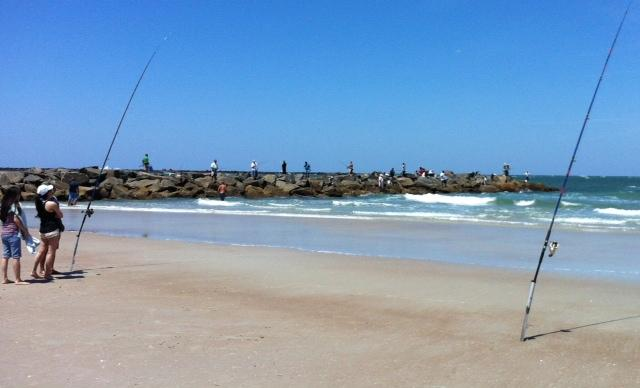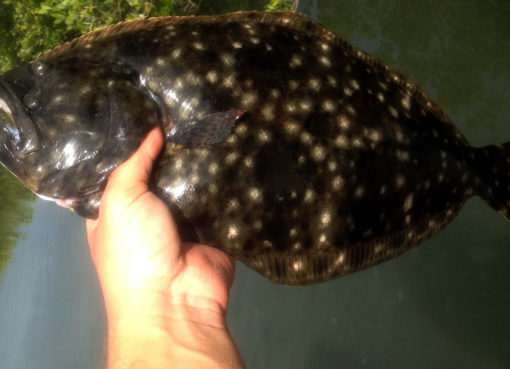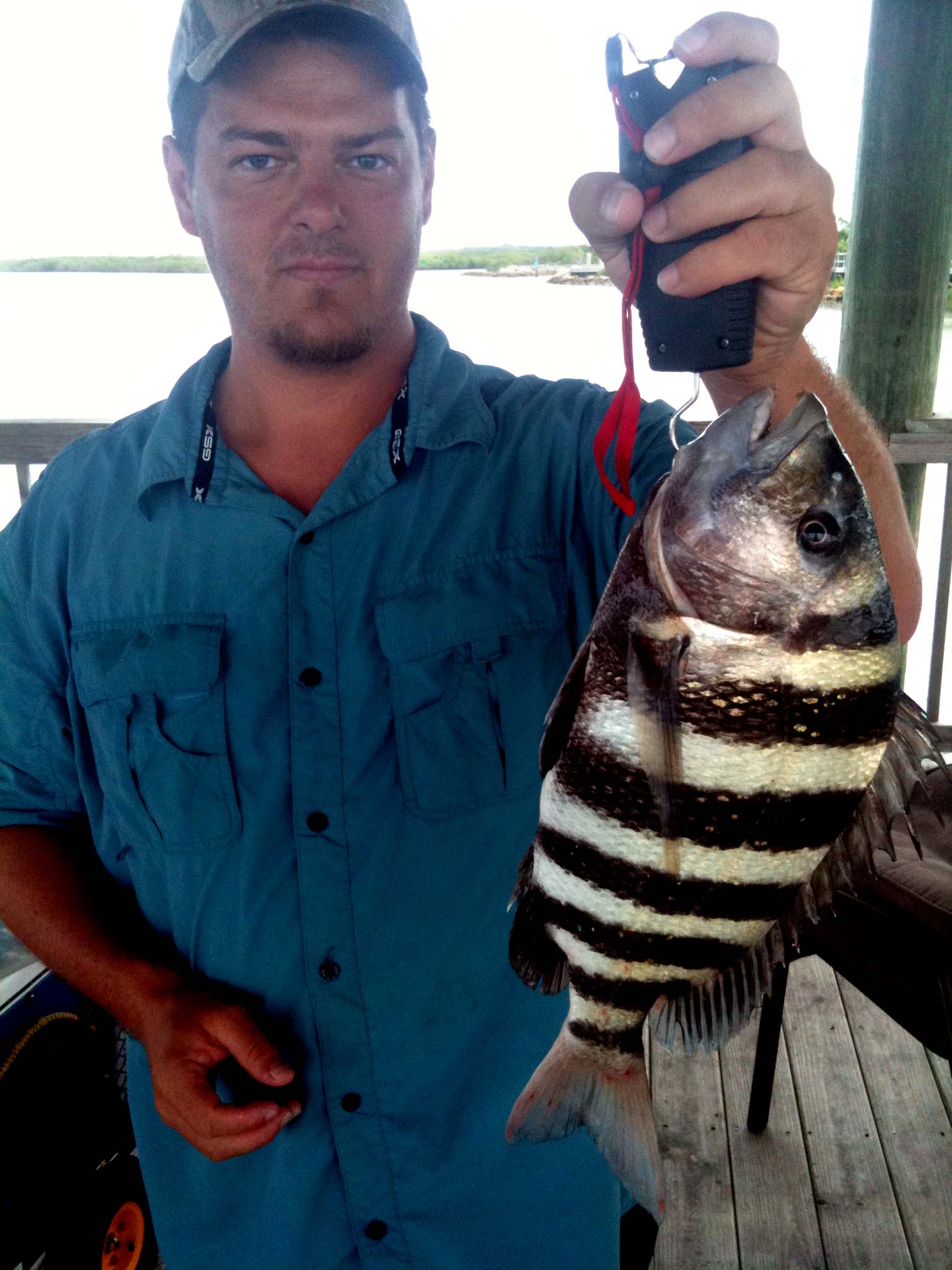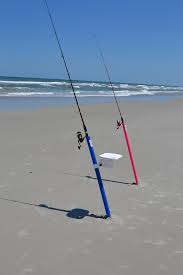FloridaShoreFishing.com is an online magazine that is dedicated to Florida’s boatless anglers. Here is a list of 10 Lands Based Fishing Tips provided by Daniel Hagan, our editor in cheif:
10. Do not ALWAYS fish the deepest area
9. Use appropriate sized gear
8. The tide and moon phase matter
7. Experiment with different baits and lures
6. Small rivers and creeks can be productive
5. Pay attention to the current and use it to your advantage
4. Local knowledge is key
3. Find structure that attracts fish
2. Learn to read the water
1. Have Fun
10. Do not ALWAYS fish the deepest area.
One of the most common things that I have witnessed while fishing from piers, docks and most other structure is that there is always a rush to get to the deepest waters. These anglers seem to think that the deeper water will hold more and larger fish. While at times this may be true, it is certainly not a rule. Many times the shallow waters will hold many more fish than the deep waters. The key is observe and find areas that are likely to hold fish. Sometimes, the deeper water is this area, but frequently it is not.
A good example of this is a pier that is on a beach. Most beaches will have 1 or 2 areas that the waves break and the pier will extend well beyond the breakers. For most beaches the area right behind the breaking waves (or between them, if there are multiple breaks) will hold the most fish. The second best place to look on these piers is directly under the pier near the pylons, this area gives bait fish hiding places, which attracts the sport fish.
9. Use appropriate sized gear
Having gear that is appropriately sized for the area you are fishing and the fish you are targeting can be the difference between a productive day and a day of only catching the suns rays. If fishing from a dock for whiting using large ocean gear will not only be overkill, it will significantly reduce the chances of any fish being caught. Many fish have good eyesight and are quite sensitive resistance. The size of the hook, line and sinker also play a big role. If any of the 3 are over sized fish may notice the over sized gear and never take the bait.
Undersized gear can also be a problem. If fishing in an area with heavy structure or many other anglers near by it is important to have gear that is strong enough to pull your targeted fish in quickly to avoid tangles or the fish breaking off in the structure.
8. The tide and moon phase matter
Many species of fish found around Florida’s shores are highly affected by the tides and the moon phases. Many species have a tide and a moon phase that they prefer to feed heavily during. In general the best times to fish are on days that are NOT full moons, the 2 hours before and after a tide shift. Track what tides you fish and you will quickly find a pattern of what tides and moon phases the species you are targeting prefer.
7. Experiment with different baits and lures
While many anglers have a go-to lure or bait, some days it just doesn’t work. I have had days where using live shrimp caught one flounder after another, and then days where they would not touch the shrimp but ate every Mud Minnow I could throw at them. Carrying multiple lures and a variety of live bait is a strategy that will lead to productive days more times than not.
When using live bait in the surf, a great technique is to use a double dropper rig with a different type of live bait on either hook. This rig has 2 hooks slightly suspended off the bottom. Start with a live shrimp on the bottom and a live bait fish above it. Experiment with different baits until you find which one is the successful one for the day!
6. Small rivers and creeks can be productive
Many anglers overlook the small rivers and creeks that are found all around Florida and this is a big mistake. Some of the most exciting and most productive fishing I have ever had has come from walking the banks of small creeks and rivers. When walking the banks, if abundant bait fish can be seen, it is almost certain that game fish will be near by. Some of the largest Snook and most amazing fighting Tarpon have been caught from these often overlooked hot spots.
5. Pay attention to the current and use it to your advantage
Most fish prefer areas that have moderate current. The fish will find a piece of structure that breaks the current, hide behind it, and let the current bring meals to them. The fish will expend the least amount of effort necessary to get a meal. Knowing this, you can take advantage of the current. When using live bait, weigh the bait down only enough to get it to the bottom and let the current take the bait away from you. If you notice the bait has either stopped moving or has started moving an unexpected direction, pull in the slack line and check for a fish on the other end. This technique also works well for allowing the current to take your bait under a bridge, pier or dock.
4. Local knowledge is key
Every area has its own hot spots, dead spots and well known areas. Getting to know the locals at the bait shops, the piers and the docks is one of the best ways to discover land based fishing hot spots that you have not heard of before. After befriending the locals, they will often be willing to share some of their “honey holes” that can be worth trying. These tips will also lead to you getting to know your area better and even considering places that where not recommended based on the geography of the places that have!
3. Find structure that attracts fish
Almost every fish that you will find inshore in Florida will relate to cover. Finding cover that attracts fish will help increase the amount of fish you catch greatly. Piers, docks, bridges, sandbars, oyster bars, mangrove shorelines, rock piles, sea walls and large floating objects are just a few of the examples of structure that will attract fish. When a promising piece of structure is found, read the waters and find where the fish relate to the structure and hold on!
2. Learn to read the water
With experience, you will be able to look at certain types of water and know what type of structure is bellow the surface even if you cant see it. The current will move a certain way over the top of rock piles and it will move a little different over large deep holes. Water will often have a darker color over deeper water and waves will break over shallower water. Once you learn how to read the water, you will find fish where you never expected them to be before.
A good example of this is when I was fishing a well known bridge that has a reputation for producing Flounder. I was watching the water closely and I noticed ripples in an area I didnt expect them. There was clearly some sort of rubble pile bellow the surface. A well placed cast put a Mud Minnow just up current of the rubble pile and that put a nice sized Mangrove Snapper in my cooler. That has become one of my secret spots to fish on a WELL known bridge!
1. Have Fun
While all the information provided above only scratches the surface of what can be learned about fishing Florida from land, and that can be overwhelming, the most important thing to remember is to have fun while fishing. There will be days where the fishing is AMAZING, and its hard not to have fun on those days, and there will be days where you cant even catch a cold the fishing is so bad. I have just as much fun on the BAD days as I do the good, cause even when the fishing is not great, I AM STILL FISHING!




